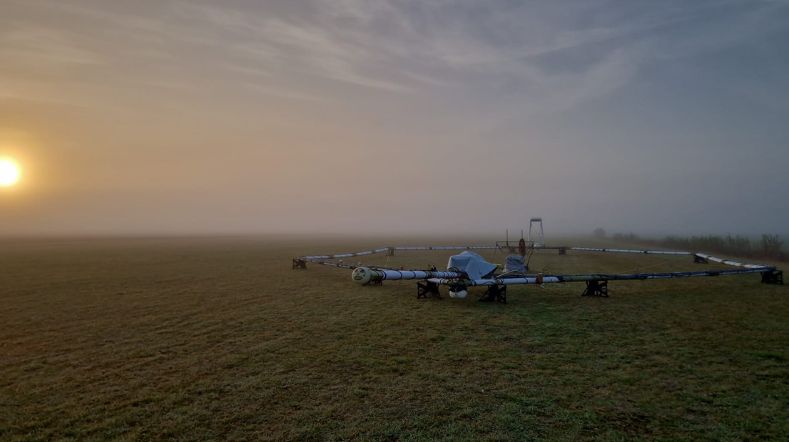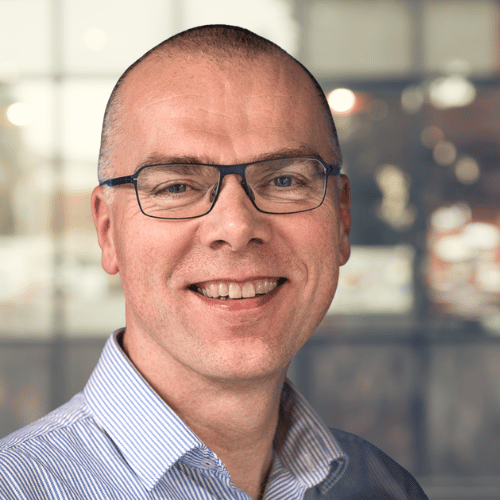
Subsidence in The Netherlands
Human activity is causing subsidence in large areas of the Netherlands. Primary causes are the lowering of the groundwater level to keep our feet dry and the construction of residential areas and roads on soft soil. Besides that the extraction of gas, oil, and salt plays a significant role. In clay- and peat-rich areas subsidence has been a problem for decades: groundwater levels are artificially kept low and these soils are highly compressible. It is evident that subsidence causes social problems and involves costs.
Subsidence caused by human activities
- What processes cause subsidence?
- What is the level of subsidence?
- And how can we predict the amount of subsidence yet to come?
Investigating these issues together will increase our understanding and give us a clearer picture of the options to influence these processes.
The two most important processes that currently cause subsidence in the shallow subsurface are the compression of clay and the oxidation of peat. On their turn, these are largely caused by groundwater level adjustments as a result of drainage. The effects of subsidence are the sinking of roads, bridges, dykes or houses, but also an enhanced risk of flooding of low-lying areas. On a regional scale subsidence may be increased by the production of gas, oil and salt from deep subsurface resources. Due to the large depth at which this subsidence is initiated the expression at the surface will be rather gradual resulting in large shallow (cm deep) subsidence bowls of several kilometres in diameter. Due to their gradual shape damage to buildings is not very probable but it may have consequences for water management when subsidence exceeds five to ten cm.
These effects make it necessary to look critically at potential subsidence and its consequences as resulting from what we are doing or plan to do in the subsurface. An increased level of understanding facilitates the alignment of policy and regulations, to minimize the impact of subsidence and to promote a sustainable and safe living environment.
Expertise subsidence
We have knowledge of the processes that cause subsidence – as a result of human intervention – in the shallow and deep subsurface. We investigate the deep and shallow causes of subsidence in relationship with each other, so that we can unravel the different causes. In addition to this knowledge, we also have access to lots of data about the structure of the subsurface and the rate of subsidence. We measure, monitor and model subsidence in order to continuously improve our forecasting capability. Opportunities and risks can thus be analysed and considered in a balanced way and incorporated in policy development.
Estimating subsidence
Many activities in the subsurface require subsidence estimates. It is no coincidence that this is a key objective of the Geological Survey of the Netherlands. The combination is our strength: knowledge and data; deep and shallow; measuring, understanding and predicting. We make clear where and how much the ground is subsiding, so that policy can be adjusted accordingly.
The challenge for AI
In the AI project Think or Sink is initially aimed at two areas. In the first area, the ground is sinking as a result of both the lowering of the ground water level and the extraction of natural gas. Meanwhile in the second area, it is only the former that is responsible for subsidence. The big question is whether artificial intelligence will be able to help penetrate the deeper underlying causes of subsidence.
Land subsidence and effects in the built environment
Land subsidence affects our built environment. These consequences are visible in public spaces, on buildings and infrastructure. We perceive this through tilted and cracked buildings, differences in subsidence between neighbouring properties and cracks and height differences in roads. Besides, water management problems can occur when buildings undergo settlements.
The problem is present in areas with soft soils, especially in the western and northern parts of the Netherlands and in the river area. In regions where mining activities such as salt and gas extraction take place, there are many discussions about effects of the soil subsidence caused by this on buildings.
We investigate these effects to better describe the relationships between the causes of subsidence and damage risks. In the research programme Soil subsidence and building damage, we are working on a chain of models to quantify the causal relationship between different causes and damage probabilities. In addition, we measure the behaviour of buildings under subsidence by monitoring tilt, cracking and other damages for long periods of time. We do this together with our customers and research partners.
Get inspired
TNO estimates CO2 storage capacity beneath the North Sea
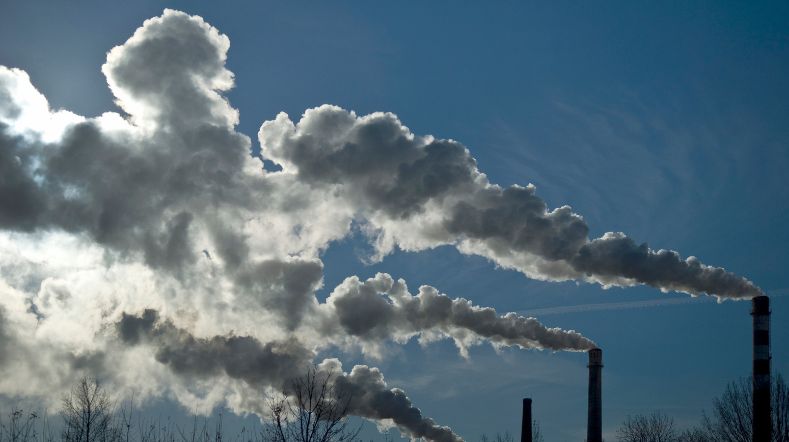

Gas production shows a slower decline than in the past decade
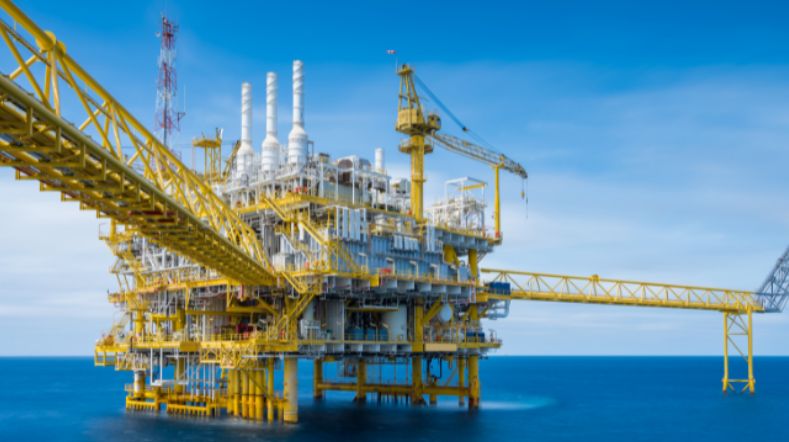

Further growth in geothermal energy production in 2024


New map reveals coastal resilience and vulnerability across Europe
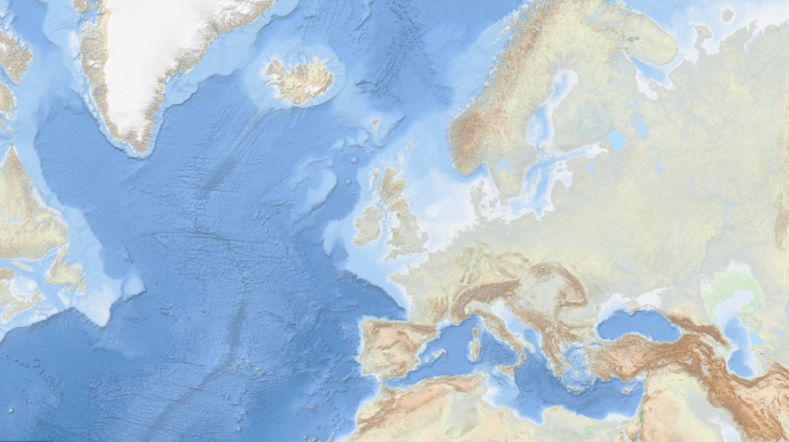

Helicopter survey will provide 3D image of salinisation and subsurface
